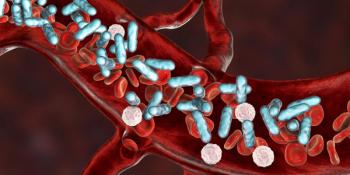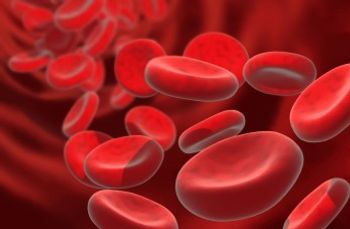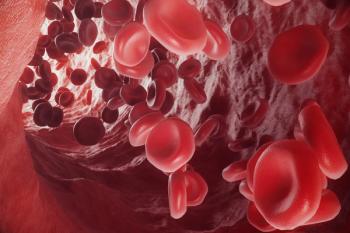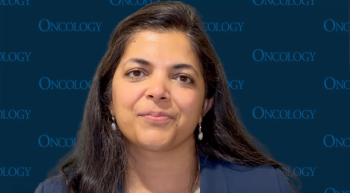
Vikram M. Narayan, MD, on Nadofaragene Firadenovec Efficacy Across Different Patient Subgroups for NMIBC
At the 2020 SUO Meeting, Vikram M. Narayan, MD, spoke about the preliminary finds of his work with nadofaragene firadenovec.
Vikram M. Narayan, MD, spoke with CancerNetwork® regarding the findings from a handful of posters presented at the 21st Annual Meeting of the Society of Urologic Oncology researching investigating nadofaragene firadenovec to as treatment of patients with non–-muscle invasive bladder cancer (NMIBC).
Transcription:
With respect to the projects that we did, specifically in our first project, our goal was to analyze efficacy in various subgroups. That is to say, we wanted to look at factors like age, gender, and prior treatments that patients received, including the number of courses of bacillus Calmette-Guérin [(BCG]) or non-BCG therapies that they may have had. We wanted to understand whether these factors effected how patients responded to nadofaragene. So, the study that was published met its primary end point in that 53% of patients who had CIS [carcinoma in situ] achieved a complete response by 3 months. But our first poster looked at, – if you were to look at subgroups, do [whether] certain patients do better or worse and can we use that information to guide decision making?
The first take home message was that we found that in our analysis was that there were no significant differences in the response rates to nadofaragene, both at 3 months and at 15 months, when comparing between males and females, different age groups, [or] whether or not they had gotten different courses of BCG or non-BCG treatments. And what this tells us is that regardless of the patient population, nadofaragene appears to be similarly efficacious which allows it to be potentially applicable to a broader range of patients.
Newsletter
Stay up to date on recent advances in the multidisciplinary approach to cancer.

















































































